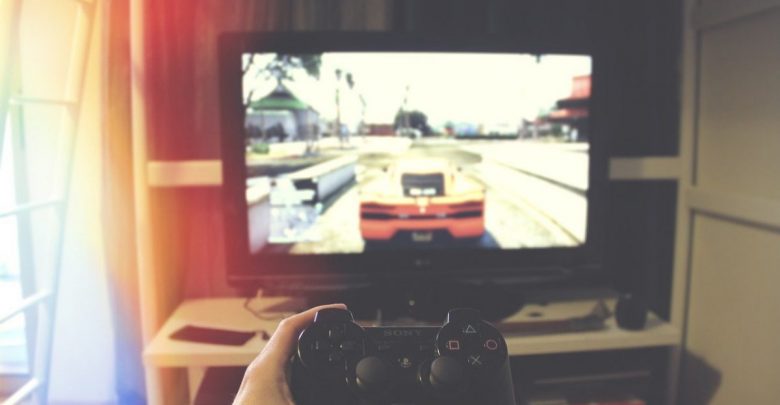The Role of Real-time Physics Simulations in Modern Gaming

Gaming has seen a big change in its landscape over the years. As we move further into the digital age, video games have leaped from simple pixelated graphics to amazing real virtual environments. While stunning visuals catch our eyes, it’s the real-time physics simulations that truly anchor us in these virtual worlds. These simulations play a central role, making every movement, every interaction, feel just right. As you are about to discover, these simulations have played a pivotal role in modern gaming. By seamlessly connecting virtuality and reality, these professionals have revolutionized gaming while setting a new standard for interactivity.
The Player Experience: More Than Just Graphics
When we play video games, we’re not just looking for pretty pictures. We want to feel like we’re inside the game, experiencing every moment firsthand. This is where real-time physics simulations truly shine. Think about it: smashing a crate and watching the wood splinters scatter, or observing the lifelike sway of a character’s hair as they move – these moments enhance our connection to the game.
For example, in the game Red Dead Redemption 2, every bullet fired or arrow shot interacts with the environment in a believable way. Shoot water, and you’ll see a splash. Shoot a wooden board, and you’ll see chips fly off. This realism affects how we approach and play the game. We become more tactical and more invested. Many players are expanding their horizons beyond traditional games, exploring a range of digital experiences. Just as they seek immersion through lifelike physics, many are also diving into online realms such as online casinos with free spins to experience a different kind of thrill. The real-world physics in gaming has set a benchmark, prompting other online platforms to up their game to provide an immersive experience. Indeed, as players navigate these richly detailed environments, their expectations rise. A character’s footprints in the snow, the recoil of a gun, or the shadow of a passing bird. All these details, powered by real-time physics, intensify the gaming narrative. Such nuances cement the bond between players and the virtual universe, making every session unforgettable.
The Evolution of Physics Engines in Gaming
Remember the early days of video gaming? Games like Pong had basic movement and minimal interaction. Back then, the ball in this game bounced back and forth in a predictable manner, and there wasn’t much ‘physics’ to talk about. But, things have changed. Today, we have power-packed physics engines like NVIDIA PhysX and Havok. These are not just lines of code that make things move. They are advanced software tools that replicate the real world within the virtual. For instance, when you play a game where a car crashes into a wall, these engines determine how the car crumples, how the debris flies, and even how the smoke behaves.
They’re based on real-world physics formulas. So, if you’ve ever felt the weight of a virtual object or seen cloth move realistically in the wind in a game, thank these engines. In the late 1990s and early 2000s, we witnessed the first wave of physics engines integrating into mainstream games, elevating realism to new heights. Games like Half-Life 2 introduced players to environments where almost everything was interactive, from floating barrels in water to using see-saws. These early implementations paved the way for the intricate and detailed physics we experience in today’s titles.
The Future of Physics Simulations: What’s Next?
The world of real-time physics simulations is buzzing with innovation. As we look to the horizon, we see the merging of AI and physics engines. Imagine a game that doesn’t just follow preset physics rules but learns and adapts as you play. This sounds like science fiction, but it is not. There’s also a trend of using real-world data to enhance simulations. Game developers can now study actual car crashes, real-life weather patterns, and even the movement of fabric to refine their physics engines. This means games will continue to feel more realistic.
Another exciting frontier is the realm of virtual reality (VR). As VR becomes more mainstream, the demand for accurate physics simulations will skyrocket. Imagine feeling the weight of an object in a VR game or sensing the texture of virtual surfaces. It’s a thrilling future, and real-time physics simulations are at its heart. As gaming continues to expand and progress, real-time physics simulations will remain essential in creating virtual adventures as realistic and immersive as our daily lives. No matter whether you are casually or avidly gaming, the best is yet to come and collaborations between game developers and scientists are also on the rise. These partnerships promise not only to enhance entertainment but also to offer a tool for research and education.
Read Next: Civilization 6 not Launching on Steam: Let’s Fix it!



